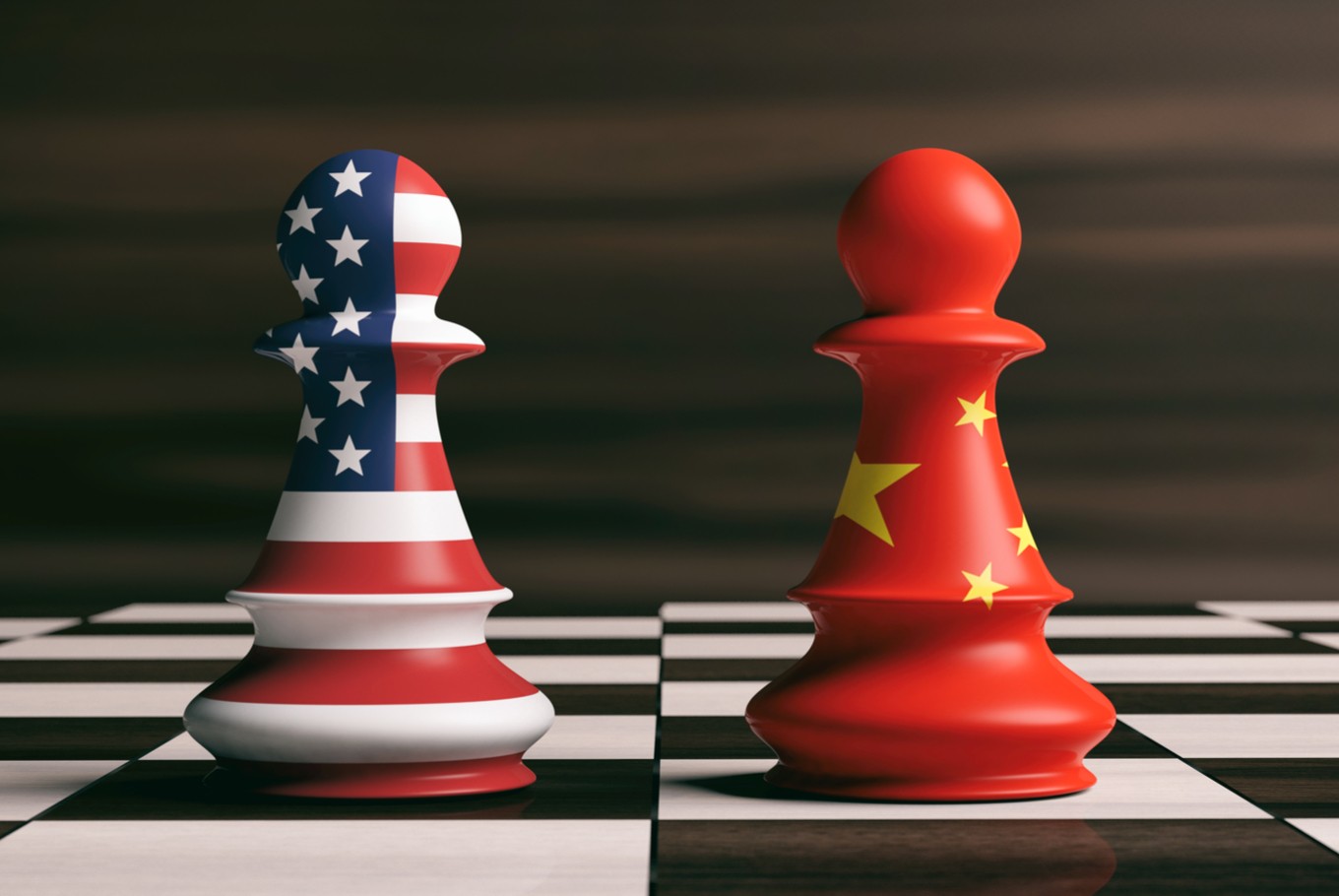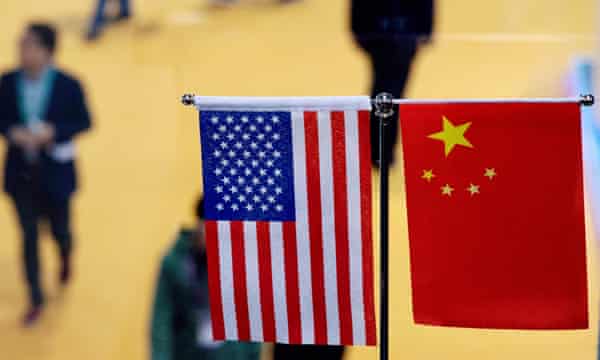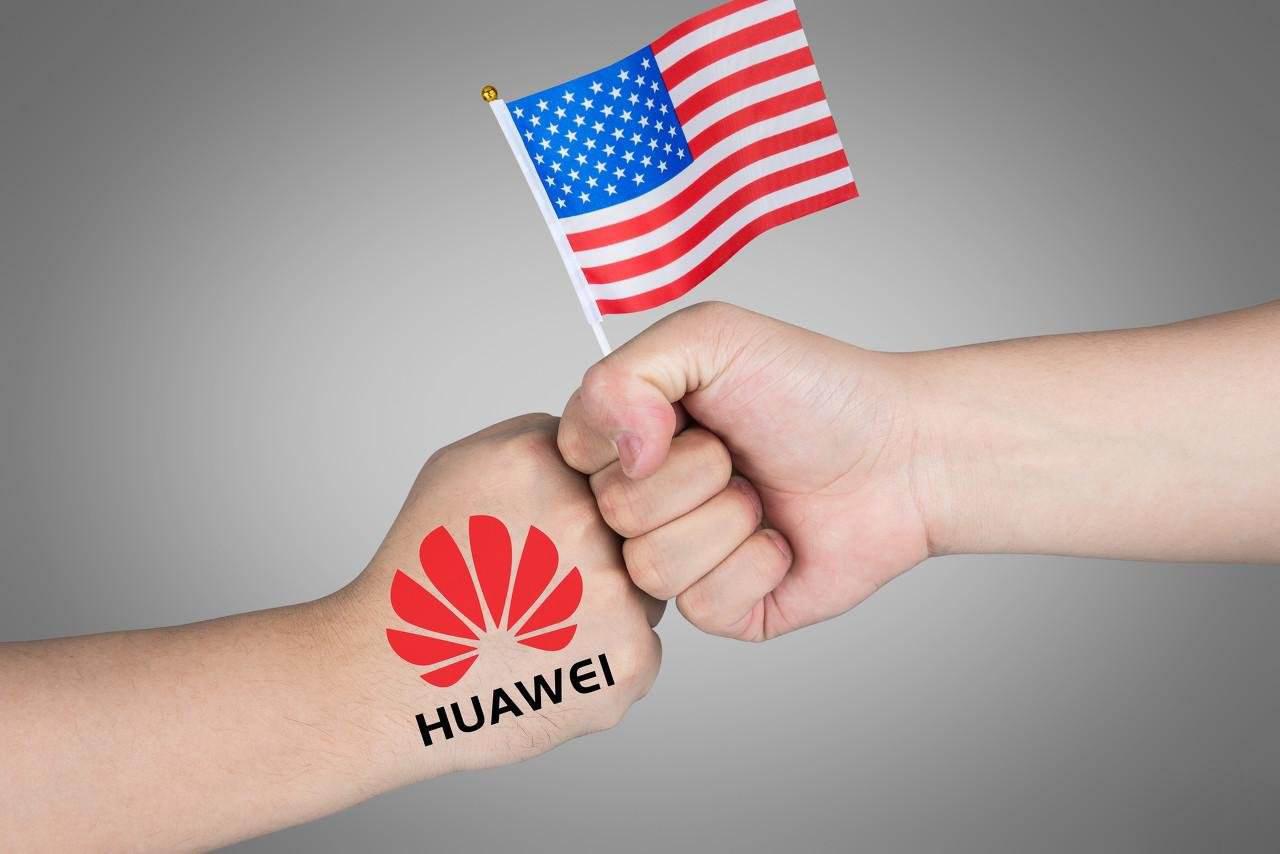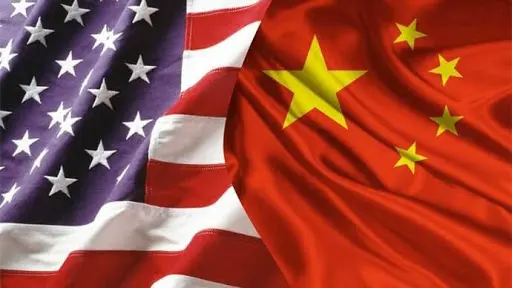By APD writer Alice
US-China relations are definitely those of most concern today. Before the outbreak of the COVID-19 pandemic, the trade and technology tensions between the two largest economies of the world broke out. The United States directly imposednot only additional trade tariffs on goods from China, but also a series of limited measures aimed at "Made in China 2025" technology products. China's high-tech corporations such as Huawei and ZTE were named on the list of those to be sanctioned by the US.
The global pandemic, which started earlier this year, made the situation worse, when the US and China locked horns over a series of issues such as the origin of the virus, the World Health Organization (WHO) and other issues. Some observers even concluded that the US-China has "separated" completely or fell into a "new Cold War".
However, looking back at the trend of the US-China trade war and technology war since President Donald Trump took office four years ago, it is not difficult to see that despite the confrontation between the US and China became fiercely in the aforementioned areas, there was still a limit. Globalization and interdependence made it difficult for their trade and technology wars to evolve into a complete separation in these fields.

In the last election campaign, Trump came up with the idea of playing the "trade war card" against China, arguing that the US’s enormous long-term trade deficit with China resulted from unfair trading practices and has led to unemployment and financial difficulties in the US. Immediately after taking office, he worked to fulfill his pledge, starting trade negotiations with the Chinese side. The negotiations got increasingly intense and concluded with the US imposing punitive tariffs on Chinese goods from 2018 onwards. China immediately retaliated by imposing additional tariffs on US goods, marking the start of the China-US trade war.
Although both sides managed to reach a consensus, the China-US tariff war soon worsened in 2019. It was not until a phase one trade deal was signed early this year that the trade war came to a temporary truce.
From the development of the trade war, it can be seen that although the US-China confrontation has been fierce and the two sides had many differences, the huge complementarity of their economies and trade sectors led to the eventual signing of the trade deal. Although the implementation of the agreement has been challenged by the COVID-19 pandemic this year, two-way trade remained high and the two sides were still each other’s main trading partners.

Especially, US investment in China grew by 6%in the first half of this year as the epidemic was raging, thanks to the trade deal reached by the US and China, as well as China's constant opening up and its improvement of the foreign investment climate.
Currently, the US has not imposed additional tariffs on China’s commodities. Although the trade war does not officially end, it does not worsen. At the same time, Trump has failed to achieve his goal of reducing the trade deficit with China through the trade war. On the contrary, it has been steadily increasing during his tenure. China's exports to the US in August 2020 increased by 20% compared to the same period last year. Trump's first term is coming to an end, and the possibility of a protracted trade war is not great.
In the field of technology, despite the controversy surrounding Huawei, TikTok, WeChat and Chinese students in the US, the US has still not completelyprohibited the Chinese products or services in the country, and there are still hundreds of thousands of Chinese students and researchers in the US.
The US government has repeatedly delayed sanctions on Chinese technology companies and sometimes applied a number of alternatives to reduce the impact. The most recent example is that the Trump administration unexpectedly changed its decision at the last minute, allowing TikTok to continue doing business in the US, while the US Government’sban on WeChat was also postponed due to constitution-related issues. Representatives of the American scientific and educational community have repeatedly said that excessive restrictions and censorship hindernormal scientific research exchange between the two countries, and are not in line with the US’s own national interests.

The impact of the technology war on Chinese businessesisalso limited. Despite constant US pressure, Huawei has still overtaken Samsung to become the world’s biggest smartphone seller in the second quarter of the year for the first time.
From the analyses above, the mutual dependence between China and the US in the economic and technological fields has prevented the trade and tech wars to go farther.
But now, the biggest variable affecting China-US relations is geopolitics, not economy and trade or technology. As the US presidential election approaches, people wonder whether Democrat Joe Biden or Trump wins and what policies for China are.
If Trump, a businessman, wins, will not put great pressure on China in the fields of military, security and human rights. Meanwhile, if Biden is elected, he could gradually ease the trade and tech wars and choose to pressure China in the geopolitical and security fields instead.
(ASIA PACIFIC DAILY)
 简体中文
简体中文

